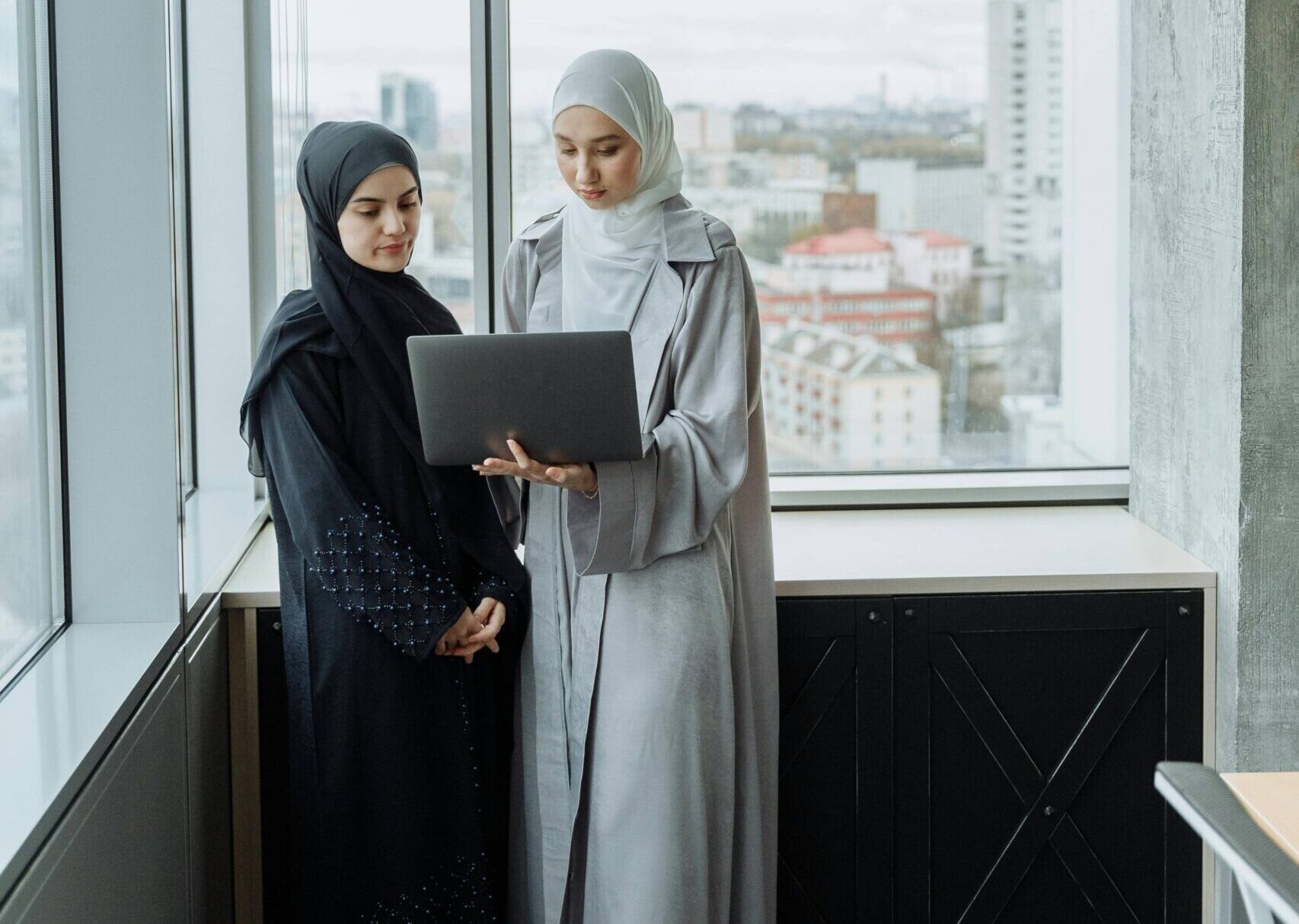The abaya, a long robe traditionally worn by women, is a key piece in modest fashion, offering both style and comfort. While rooted in Islamic culture, it has become a global fashion statement, embraced for its elegance and versatility.
Different Styles of Abayas
Once often monochrome and simple, the abaya now comes in a wide variety of styles, colors, and materials. Designers usually create traditional abayas in black, using lightweight, flowing fabrics, and they design them to be worn over other clothing. However, modern designers have reinvented the abaya, adding contemporary design elements that make it more versatile and suitable for various occasions.
Classic Abayas: Classic abayas are a timeless choice in modest fashion. With their loose cuts and lightweight fabrics, they offer comfort and elegance while staying true to the principles of modesty.
Modern Abayas: These abayas are influenced by global fashion trends. They are more fitted and may have asymmetrical cuts. Some feature stylish pleats or belts to cinch the waist. Colors range from classic black to lighter shades like beige, gray, or even delicate pastels.
Kimono-Style Abayas: Inspired by Japanese kimono cuts, these abayas offer a straighter silhouette with wide sleeves. Often worn open over regular clothes, they are liked for their simple and elegant style. This makes them popular even outside of religious settings.
Embroidered or Beaded Abayas: For special occasions such as weddings or religious celebrations like Eid, abayas are adorned with intricate embroidery, beads, or even crystals. These abayas are often more colorful, featuring floral or geometric patterns that add a touch of luxury.
Designer Abayas: Some fashion brands have started producing high-end abayas using premium materials like satin, velvet, or lace. These creations are sometimes custom-made and can cost several thousand euros, catering to a clientele seeking exclusivity.
When to Buy an Abaya: Ramadan, Eid & Wedding Seasons
Abayas are especially popular during certain times of the year, when demand peaks significantly.
During Ramadan, many Muslim women buy new abayas. They often do this to attend prayers or get ready for Eid al-Fitr. This holiday marks the end of Ramadan. Abayas chosen for this occasion are usually more refined and elegant, balancing piety and style.
Eid al-Fitr and Eid al-Adha: These two major Islamic holidays are key times for purchasing abayas. Women look for outfits that are both beautiful and respectful of their faith, often reflecting family traditions.
Wedding Season: In many cultures, weddings are big celebrations. The abaya is a popular choice for guests, especially at religious ceremonies. People highly seek embroidered, beaded, or even silk abayas.
How to Wear an Abaya Daily: Chic & Casual Looks
The abaya has seamlessly become a go-to choice for daily modest fashion, with its simple yet chic design. Pair it with accessories like colorful scarves, belts, or jewelry, the abaya can be adapted for various situations.
Shop Abayas Online – Classic, Chic & Modern Styles
Shop our recomendations diffetent styles for different occasions :
- The classic abaya : embrace timeless elegance with a traditional style.
- The comfy abaya : choose a loose-fitting design with wide sleeves and a matching hijab. This style is perfect for Ramadan. It comes in many colors, so you can change your look during the holy month.
- The classy abaya : perfect for formal events and special occasions.
- The kimono abaya : stylish and versatile, great for layering over casual outfits.
Best Places to Buy Abayas in Dubai
Looking for the perfect abaya in Dubai? Here are the top spots:
1. Souq Naif
Located in Deira, this bustling market offers everyday abayas for AED 90–150. Bargaining is key! The quality isn’t luxury, but you’re sure to find a practical and affordable model for daily wear.
The market is a short walk from Baniyas Square Station. It has limited parking. You can find underground parking for AED 5 per hour
2. Abaya Mall
Located in Mirdif, Abaya Mall offers high-quality abayas ranging from casual to bridal, along with perfumes, jewelry, and tailor-made options for a perfect fit. It’s a great spot for unique styles and custom orders, with in-house tailors available.
3. Abu Hail Centre
Close to Abu Hail Metro Station, this shopping hub offers abayas from AED 100 for all occasions, with negotiable prices and on-site alterations. You’ll also find shoes, perfumes, bukhoor, and jewelry.
4. Saudi Pavilion at Global Village
For budget abayas, visit the Saudi Pavilion at Global Village. Prices start at AED 100 for casual styles and AED 200–300 for premium designs.
Dubai offers something for every taste and budget—where will you shop first? 😊





